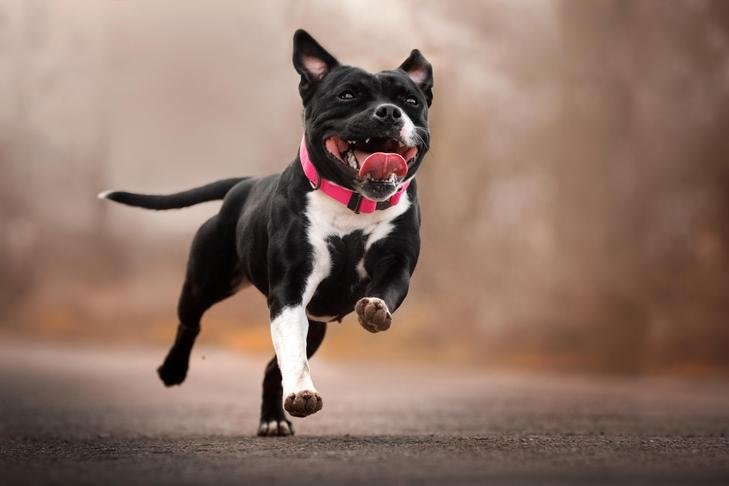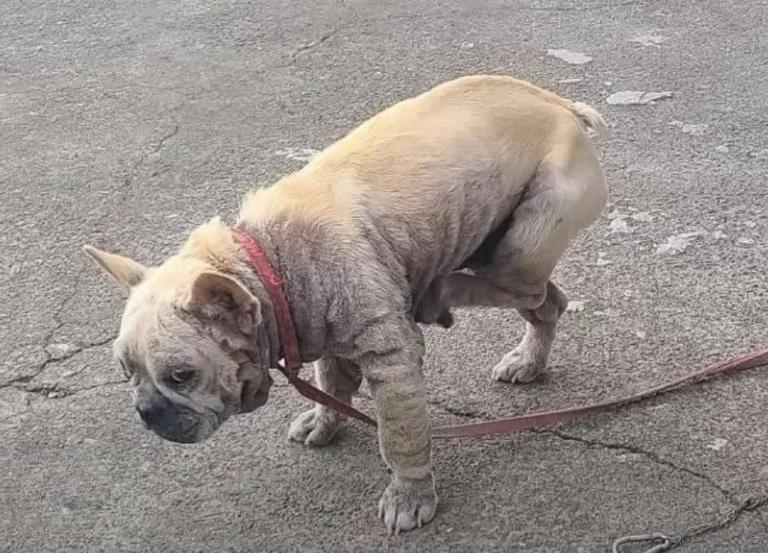At first glance, many dog collars may appear to be simply stylish or colorful accessories. However, the functionality and design of dog collars can vary significantly. Some collars are designed specifically to aid in training, such as those that help with leash walking and reducing pulling. Others serve practical purposes, like helping to locate your dog if they become lost.
Different Dog Collars for Different Needs
The most common type of collar is the flat-clip or buckle collar, which is popular due to its convenience and ability to hold identification tags. However, depending on your dog’s needs, such as their activity level, age, or lifestyle, you might need to consider other types of collars. Each type offers unique benefits tailored to various situations.

Calming Collars for Dogs
Calming dog collars have gained popularity recently among owners of anxious dogs. These collars typically contain dried herbs that release a soothing aroma. However, it’s important to check the ingredients and materials used in these collars to ensure they are safe for your dog. Some herbs and essential oils can be harmful to dogs, so make sure to verify their safety before use.
Flea and Tick Collars for Dogs
During flea and tick season, specialized collars can provide additional protection. Flea and tick collars work by gradually releasing chemicals that repel or kill external parasites. It’s crucial to follow the manufacturer’s instructions and monitor your dog for any adverse reactions when using these collars.
Martingale Collars for Dogs
Martingale collars feature two loops: one that slides around the dog’s neck and another that tightens when the dog pulls on the leash. Unlike choke collars, martingales are designed to prevent excessive tightening, which can harm the dog’s airway. They help manage pulling while walking without causing injury.
Personalized Collars for Dogs
For added safety, you can opt for a personalized collar with your contact information and your dog’s name embroidered directly on the fabric. This can help quickly reunite you with your dog if they become lost, reducing the need for an additional dangling tag.

Recovery Collars for Dogs
Recovery collars, also known as Elizabethan collars or E-collars, are designed for dogs recovering from surgery or dealing with wounds such as hot spots. These collars come in various types, including soft, flexible fabric and inflatable designs. They help prevent dogs from licking or scratching their wounds, aiding in the healing process. Your veterinarian can recommend the most suitable type of recovery collar based on your dog’s specific needs.
Reflective Collars for Dogs
If you walk your dog at night or in areas with heavy traffic, a reflective collar can enhance visibility. Reflective collars have materials that reflect light, making both you and your dog more noticeable to drivers and other pedestrians in low-light conditions.
Materials Used for Dog Collars
Choosing the best material for a dog collar depends on several factors, including your dog’s size, age, and activity level. For growing puppies, a nylon collar is often a practical choice due to its affordability and adjustability. Puppies grow quickly, so a less expensive material like nylon can be replaced as needed without a significant financial investment.
Once your dog reaches maturity or if you’re looking for a more durable option, you might consider materials like leather or lightweight aluminum. Leather is durable and can withstand rough use, while aluminum is resistant to water and easy to clean. Some aluminum collars can handle substantial pull force, making them suitable for active dogs. Choose a material that balances durability with comfort based on your dog’s needs and lifestyle.

You might also consider a neoprene collar. Neoprene, the material used in wetsuits, is durable and resistant to dirt and debris. This makes neoprene collars a good option for dogs with longer hair that tends to mat. However, the best collar material for your dog will depend on factors like their coat type, size, and any skin sensitivities or allergies they may have.
Understanding the Features of Dog Collars
A standard dog collar is a simple band of fabric that fastens around your dog’s neck, often with a clip or buckle. This type usually meets basic needs, but there are additional features that can offer specific benefits:
- Pockets for Tracking Tags: Some collars come with pockets for GPS devices, which can help locate your dog if they wander off.
- D-Rings: D-rings, shaped like the letter “D,” offer better control compared to O-rings, making them useful for managing your dog on a leash.
- Quick-Release Closure: For those who frequently change collars, a quick-release plastic snap can simplify the process.
- Reflective Stripes or Patterns: Reflective elements enhance visibility and safety during nighttime walks or in low-light conditions.
- Padded or Rolled Leather: Collars with padded or rolled leather can reduce chafing, which is particularly beneficial for dogs with short fur or sensitive skin.

When choosing collars with decorative elements like spikes or bow ties, prioritize your dog’s safety. Decorations can sometimes cause skin irritation or get caught on objects during play, leading to potential injury. Select a collar that is safe first and stylish second.
Ensuring the Correct Fit for Your Dog’s Collar
Dog collars come in standard sizes such as small, medium, and large, but it’s crucial to use your dog’s precise measurements rather than relying solely on size labels. Here’s how to measure correctly:
- Measure Your Dog’s Neck: Use a soft measuring tape to determine your dog’s neck size. Wrap the tape around their neck, adjusting to find a snug but comfortable fit. Ensure the tape doesn’t slip over their head. If it does, tighten it slightly and take note of the measurement.
- Fit Test: Many pet stores allow you to bring your dog in to try on different collars. When trying on a collar, check the fit by attempting to slide two fingers underneath it. If you can’t fit two fingers, the collar is too tight; if you can fit more than two fingers, it’s too loose.
Cleaning and Maintaining Your Dog’s Collar
Regularly cleaning your dog’s collar is important, especially if your dog is frequently dirty or has just had a bath. A clean collar helps prevent skin irritation, fur loss, and chafing.
The cleaning method depends on the collar material:
- Chain-Link Collars: Use dish soap and warm water to clean these.
- Neoprene and Biothane (a polyester blend): Simply wipe off mud and dirt with warm water.
Always follow the manufacturer’s care instructions for the best results and to maintain the collar’s durability.

Cleaning a leather dog collar requires some care. Avoid using leather cleaners designed for furniture or shoes, as these products may contain chemicals harmful to your dog. Instead, you can make a gentle cleaning solution by mixing equal parts baking soda and vinegar. Use a toothbrush or a soft cloth to spot-clean the collar.
Check the collar’s packaging for specific cleaning instructions, especially if the collar has unique care requirements.
Considering Your Dog’s Needs When Choosing a Collar
Choosing the right collar for your dog depends on their breed, size, and age. For example, a small dog like a Chihuahua will have different collar needs compared to a larger breed like a Maltese. A growing Great Dane puppy may need to change collars frequently due to rapid growth.
To find the ideal collar, measure your dog accurately, and consider both their needs and your preferences. The goal is to find a collar that fits well—neither too loose nor too tight—but is comfortable, safe, and suitable for your dog’s specific requirements.




